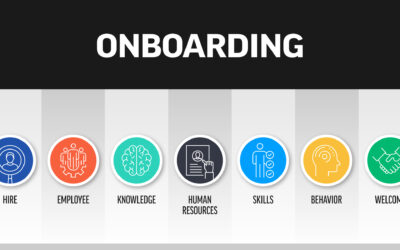In 1998, a new technology was introduced that promised to have major implications for many industries, chief among them the insurance industry. This technology allowed systems to monitor and collect data about a user’s behavior in real time. Today, many of us use devices like this every day to monitor our health, our driving—even a GPS tracks our exact location in real time.
When it became available to the public the implications and potential uses for such technology were mind-boggling, and some individuals in the insurance industry were eager to explore how it might contribute to the science of quantifying risk.
Usage-based data
Today, personal data trackers are the key component of the relatively new line of usage-based insurance products offered to the public.
Devices can be installed in the insured’s car to keep track of daily driving habits, detect aggressive driving, or collect geographical data about where and how far a driver travels each day.
Similar devices also can be worn—much like a FitBit or Apple Watch—to collect real-time data about a person’s health, vital signs, physical activities or sleep patterns.
Then, data can be sent back to the insurance company for analysis. The data is run through the “black box,” which is a complex algorithm that uses the raw data about a specific insured’s daily behavior to extrapolate the level of potential risk for him or her. Once the potential risk is assessed, the costs associated with car, life or health insurance are determined according to individual needs.
User benefits
The potential benefits for the individual can be appealing when shopping for policies. Rather than be grouped into a broad category of risk that could mean potentially paying more the person pays only according to the level of risk associated with his or her own behavior and choices.
A word of caution: While it might seem liberating to only be judged and assessed based on the responsibility you take for your own actions, it can be a double-edged sword as it can raise some privacy issues.
Slow out of the gate
Despite the pervasive feeling at the dawn of the UBI era that this new technology could be a game changer for the industry, usage-based insurance has not taken off as fast as the industry initially expected. At the time of its advent, UBI was the direction the industry would increasingly move toward in the future. However, after nearly 25 years UBI policies still only represent a tiny fraction of the market.
Analysts seem to think UBI suffers from a problem the world is increasingly facing the faster technology progresses. As with any revolutionary innovation inventing the technology seems to be the easy part.
The hard part seems to be figuring out how to integrate new technologies into our daily lives. It’s the same old story: first it takes time to work out the kinks. With any new technology, questions and situations come up that no one had anticipated. Then, when we look to the technology’s track record for how best to find those solutions the sample size is too small because the technology is so new.
Context is key
One of the biggest reservations customers initially had with UBI is that sensors can detect accurate physical data such as a car’s speed, a heart rate or a person’s cholesterol, but it can’t place the data into context.
Some companies that ran the initial usage-based auto insurance pilot programs ended up being flooded by calls from people who wanted to explain the unavoidable circumstances that forced them to jam on their breaks, or swerve out of their lane, or suddenly accelerate every time they imagined the sensor in their car might be sending back data that was going to cause their rates to go up.
The algorithm to assess an insured’s risk level was mysterious and opaque that drivers were unable to picture the context in which the data was used. Referring to the risk assessment algorithm as the insurance companies’ black box had ominous overtones for many UBI customers early in its inception. For consumers it seems to be a fundamental lack of transparency that makes them wary of usage-based insurance.
What’s in the box?
As the insurance industry develops more effective ways to explain to consumers how their data will be analyzed, the industry could see greater demand for UBI policies.
Customers will appreciate agents who take time to make them feel comfortable, and who can explain that they will be assessed fairly and accurately. What customers fear most is the lack of context about unavoidable circumstances, and how that may lead to their behavior being misjudged as risky.
Ultimately the technology is still new—its full potential has not nearly been explored. Every innovation comes standard with a host of complex issues and questions that can only be worked out with time and use.
Right now, customers may not see the appeal in usage-based products—particularly in an economic and an insurance market that is still in the process of recovering from the global upheaval of the last few years—but there is no reason to think that it has reached the limit of its potential benefit to the insurance industry. And customers will find value in working with professional insurance agents who can answer their questions.

Scott Finnegan
Scott Finnegan studied Classical Literature at Sarah Lawrence College and English Literature at UMass Boston. He worked as a news producer writing and producing local newscasts.






